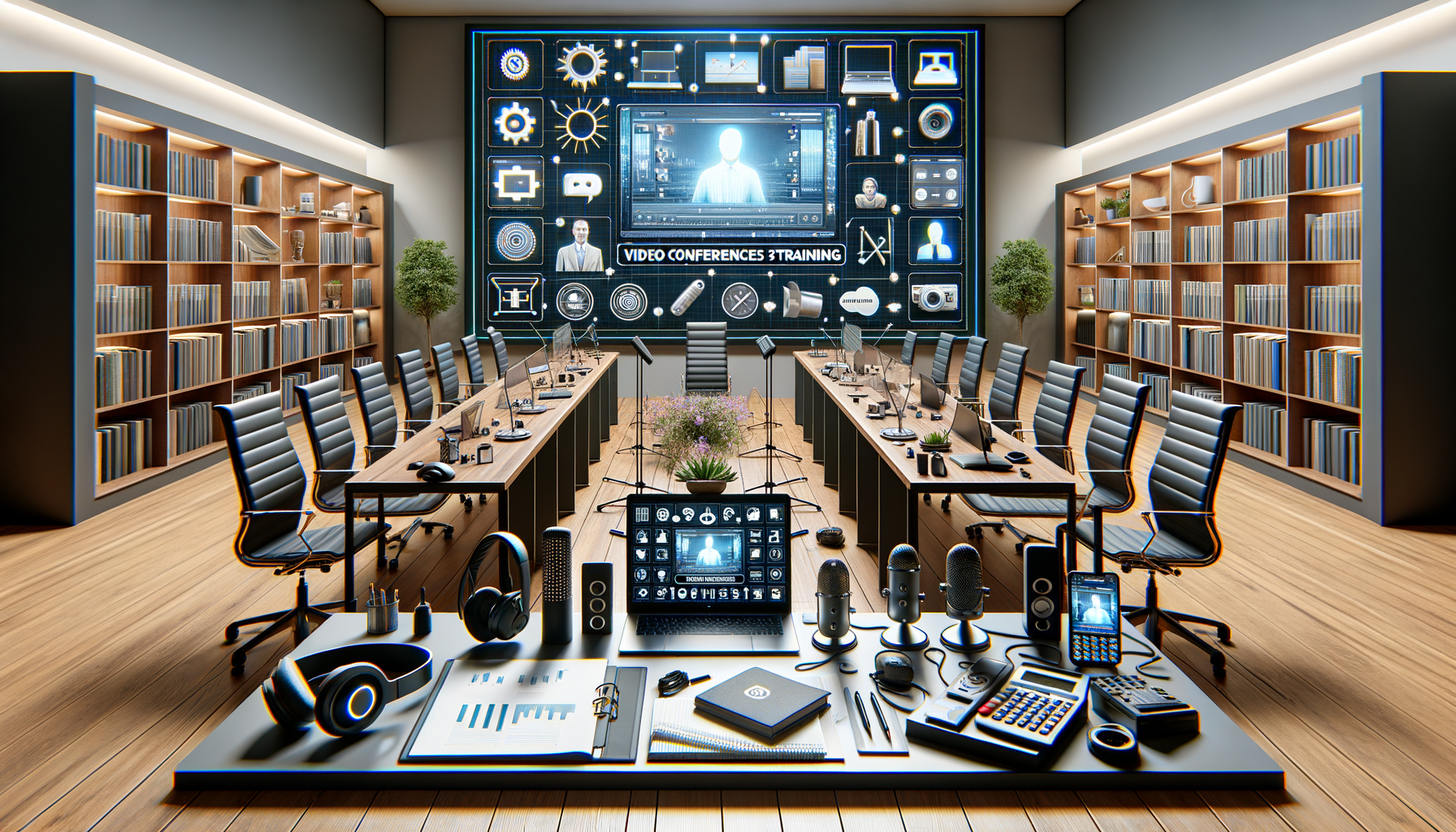
Video Conference Systems Training Opportunities in the UK
Understanding the Basics of Video Conferencing Systems
Video conferencing systems have become an integral part of modern business operations, enabling seamless communication across distances. The basic components of a video conferencing system include video input (cameras), video output (monitors or screens), audio input (microphones), audio output (speakers), and a data transfer system (internet or network connection). Understanding these components is crucial for anyone looking to specialize in this field.
Video conferencing systems can range from simple setups using a laptop or smartphone to complex systems involving multiple cameras and microphones. The choice of system often depends on the size of the organization and the nature of its communication needs. For instance, a small business might opt for a basic setup, while a large corporation might require a more sophisticated system with advanced features such as noise cancellation and high-definition video.
Training in video conferencing systems often begins with understanding these fundamental components and how they interact. This includes learning how to set up and configure systems, troubleshoot common issues, and optimize performance for different environments. Courses might cover topics such as bandwidth management, system integration, and the use of various software platforms that facilitate video conferencing.
Advanced Features and Technologies in Video Conferencing
As technology evolves, video conferencing systems are becoming more advanced, incorporating features that enhance user experience and productivity. Some of these advanced features include virtual backgrounds, real-time language translation, and facial recognition. Understanding these technologies is essential for professionals looking to stay ahead in the field.
Virtual backgrounds allow users to replace their physical background with a digital image or video, providing privacy and professionalism. Real-time language translation can be a game-changer for international businesses, enabling seamless communication across language barriers. Facial recognition technology can enhance security by verifying the identity of participants before allowing them to join a meeting.
Training programs often delve into these technologies, teaching participants how to implement and manage them effectively. This might involve hands-on practice with different software and hardware, as well as learning about the ethical considerations and privacy concerns associated with these technologies. By mastering these advanced features, professionals can offer valuable expertise to organizations looking to leverage the full potential of video conferencing systems.
Career Opportunities and Growth in Video Conferencing
The demand for skilled professionals in the video conferencing industry is on the rise, driven by the increasing reliance on remote communication tools. This presents a wealth of career opportunities for those with the right training and expertise. Roles in this field can range from technical support and system administration to sales and consultancy.
Technical support roles typically involve assisting users with setting up and troubleshooting video conferencing systems, ensuring smooth operation and addressing any issues that arise. System administrators, on the other hand, are responsible for managing and maintaining the infrastructure that supports video conferencing, including servers, networks, and software platforms.
For those interested in the business side of things, roles in sales and consultancy offer the chance to work with clients to identify their needs and recommend suitable video conferencing solutions. This might involve demonstrating the capabilities of different systems, negotiating contracts, and providing ongoing support and training to clients.
With the right training, professionals in this field can expect to see significant career growth, as organizations continue to invest in video conferencing technology to support their operations. This makes it an exciting and rewarding career path for those with a passion for technology and communication.


